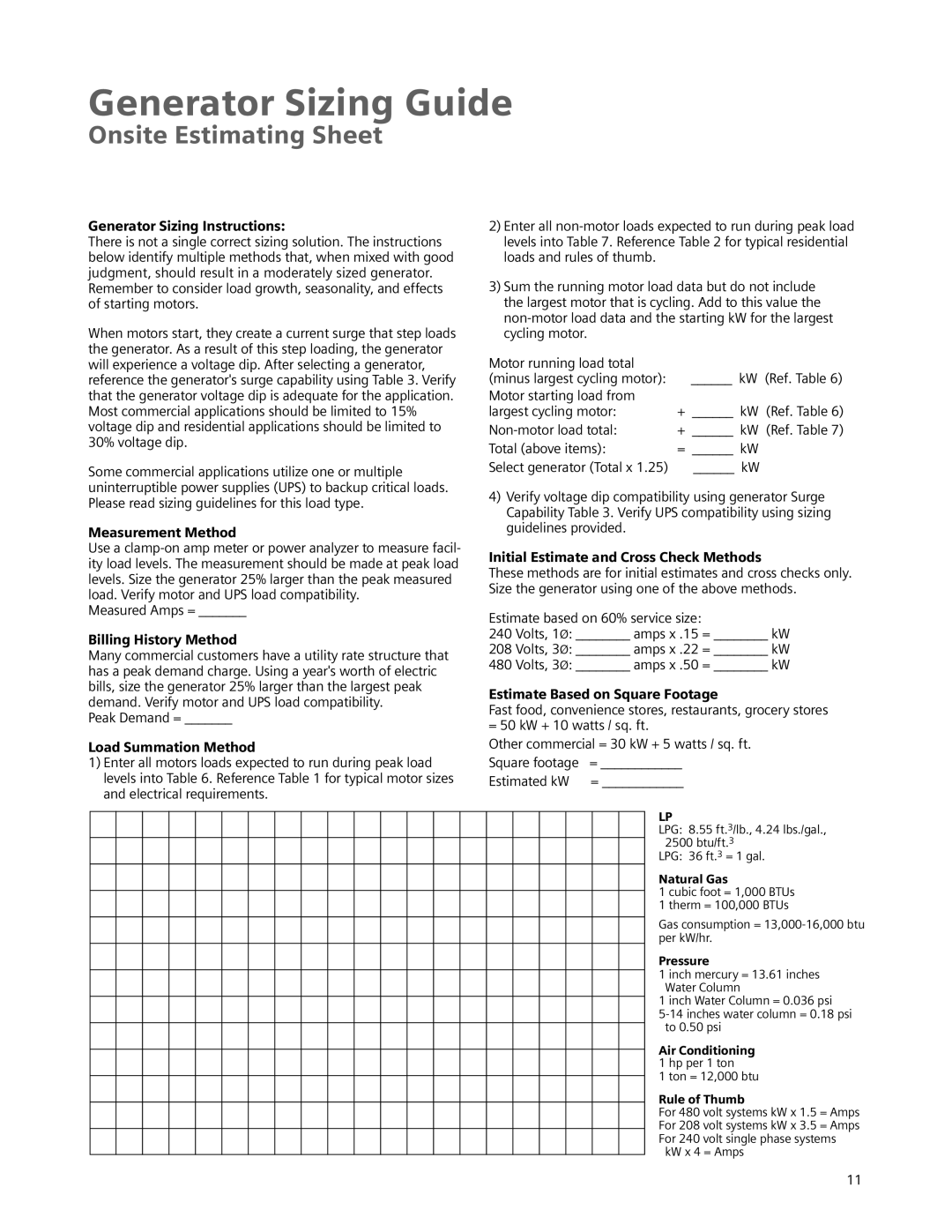Standby Generators specifications
Siemens Standby Generators provide reliable power solutions for both residential and commercial applications, ensuring that homes and businesses remain operational during power outages. These generators stand out due to their advanced engineering, innovative technology, and robust design, making them a preferred choice for those seeking uninterrupted power.One of the primary features of Siemens standby generators is their automatic transfer switch (ATS) capability. This technology allows for seamless switching from the utility power source to the generator within seconds of a power outage. The ATS continuously monitors the incoming utility power and activates the generator when it detects an interruption. This ensures that critical appliances and systems remain functional without manual intervention.
In terms of performance, Siemens generators are equipped with continuous power ratings that cater to varying power needs. Whether it’s an essential load or a full-scale home or commercial operation, these generators can handle the demands efficiently. Most models come with powerful engines, designed for durability and longevity, ensuring they can operate under heavy loads without compromising performance.
Siemens also employs advanced noise reduction technologies in their standby generators, which significantly reduce operational noise levels. This feature is particularly beneficial for residential areas where noise compliance is essential. Additionally, the generators are engineered with vibration dampening systems, enhancing user comfort and ensuring minimal disturbance to the surrounding environment.
The fuel efficiency of Siemens generators is another remarkable characteristic. Many models utilize propane or natural gas, allowing for cleaner and more sustainable operation compared to traditional diesel generators. These fuel types not only reduce emissions but also lower operational costs over time, making Siemens generators a more economical choice for long-term power solutions.
Moreover, Siemens generators are designed with user-friendly interfaces and smart monitoring systems. Users can track generator performance, maintenance schedules, and fuel levels through digital displays or smartphone applications. This connectivity allows for proactive maintenance, reducing the risk of unexpected failures and ensuring that the generator remains in optimal working condition.
In summary, Siemens Standby Generators combine reliability, efficiency, and advanced technology to deliver unparalleled performance during power outages. With features such as automatic transfer switches, low noise operation, fuel efficiency, and smart monitoring, they provide users with peace of mind and a steady power supply whenever needed. Whether for residential or commercial use, Siemens generators are a trusted solution for maintaining essential services and comfort in the face of power interruptions.

